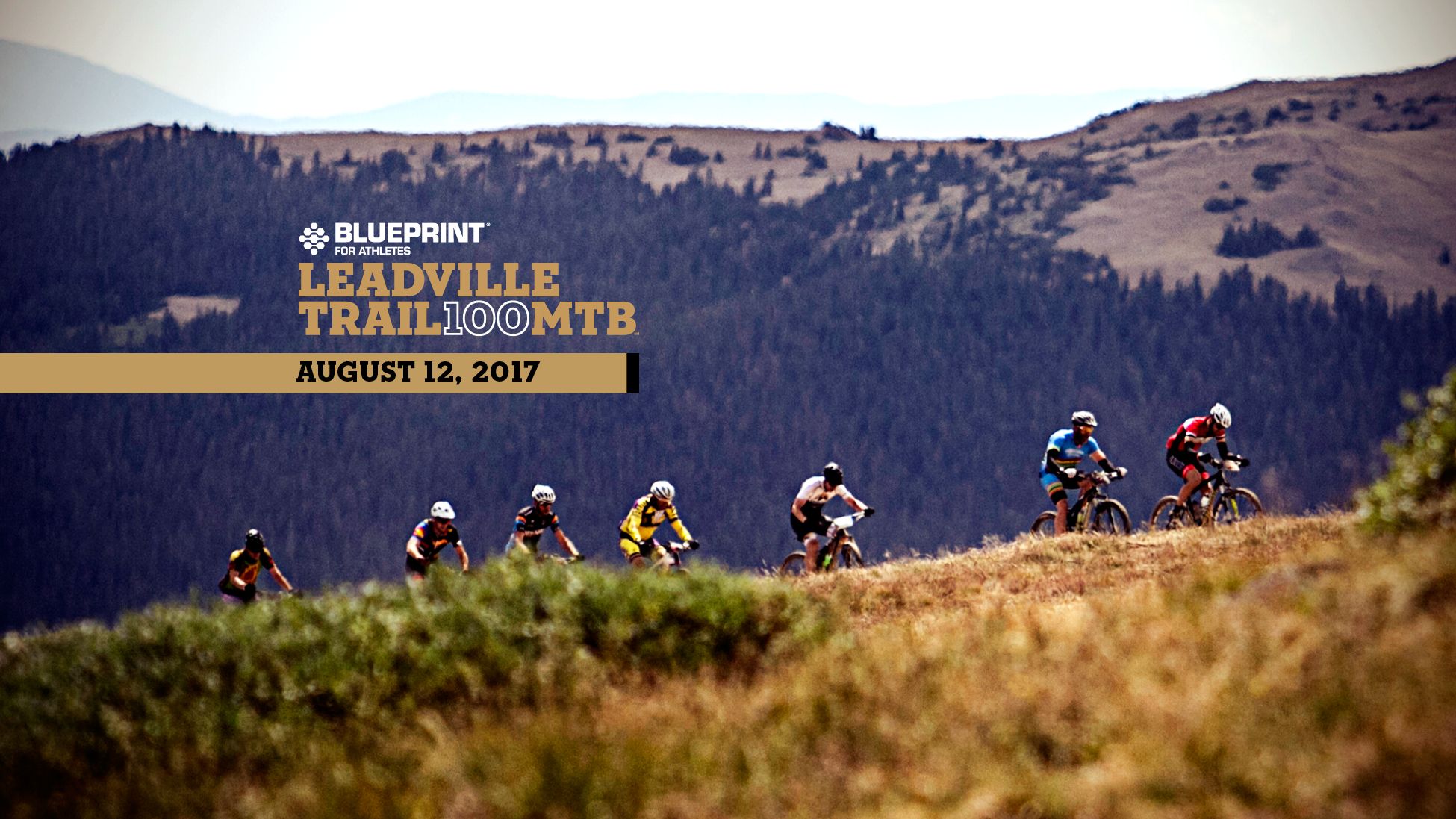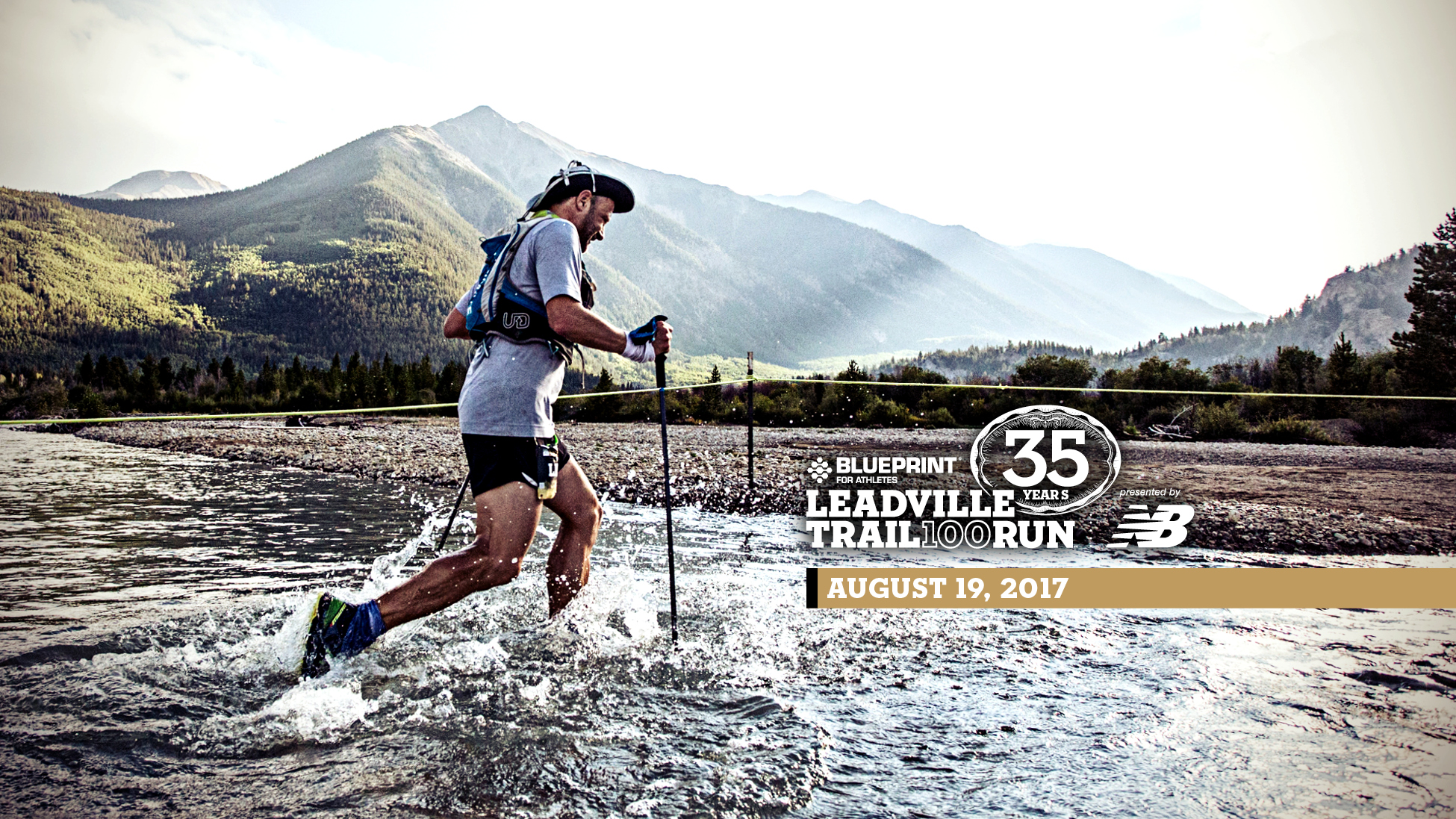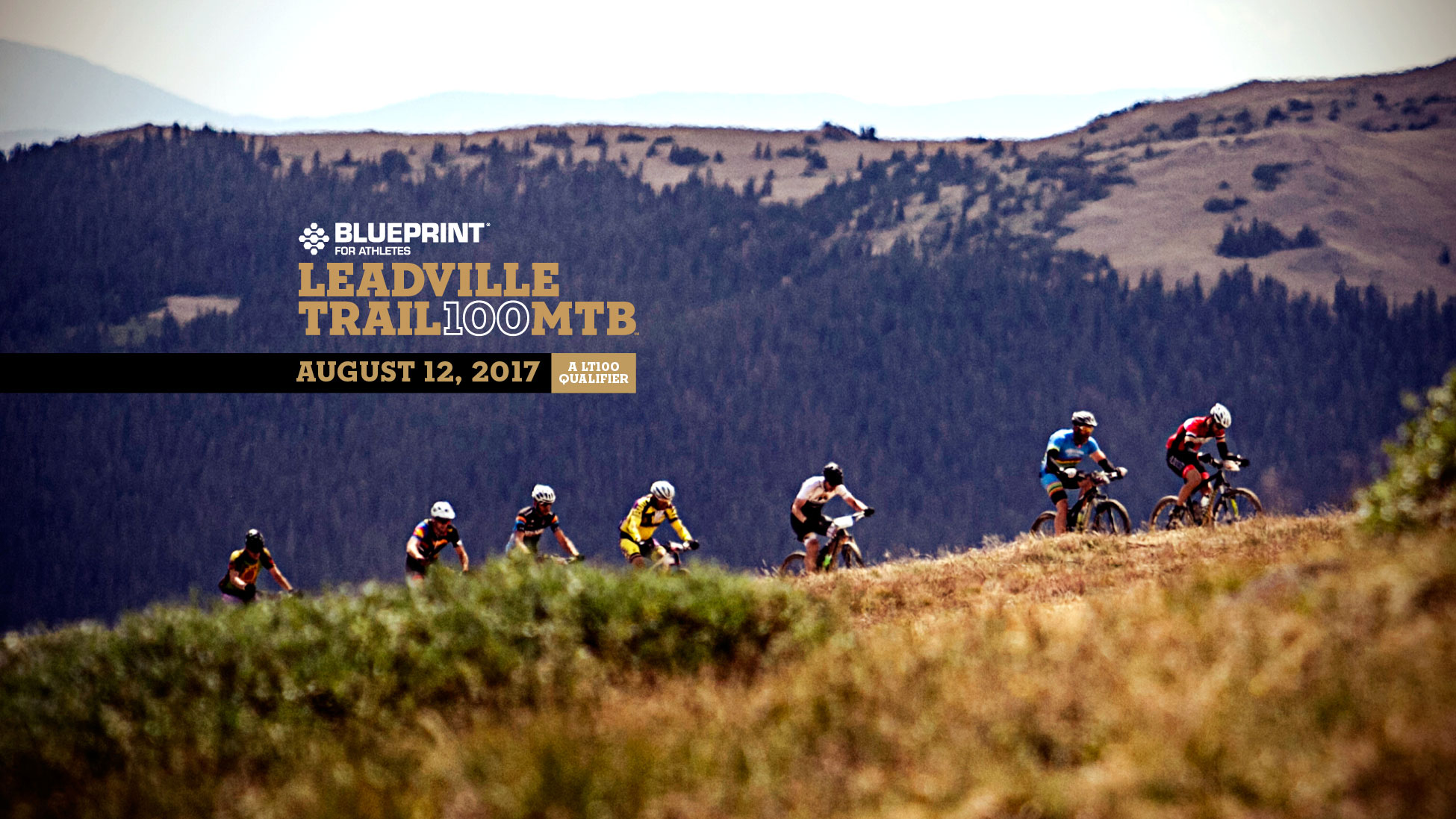Dispatches from Columbine: Topping off the Tank
By Rebecca Rusch
When I first started adventure racing, Cheetos and gummy bears were my go-to race food. My philosophy was that since I was working so hard, I earned the right to eat all the crappy, comfort food I wanted. It made me happy, but didn’t do much for my performance. I’ve since become more educated and aware that food is fuel and my body will respond better to a higher grade of fuel.
To succeed on race day, you don’t just need proper nutrition — you need a race nutrition plan. Once I ditched the Cheetos and gummi bears, I developed my own plan based on experimentation, the recommendations of other athletes and coaches, scientific studies, and old-fashioned trial and error.
Specific choices are personal and depend on what flavors you like and how you like to ingest your calories and fluids, as well as how long it takes you to ride 100 miles. Here are some general nutrition guidelines that I follow that can help you develop your own race-day nutrition plan.
How Much Should I Eat?
An adequate supply of hydration and calories for the duration of your race is key. Even though I prefer a relatively scientific approach to my nutrition, I have survived rides on gas station fare — in the end it’s about enough food and fluid, because once those are gone, so are you.
A good starting point for basic hydration requirements is one 20-ounce water bottle per hour. Make adjustments according to the weather and your personal sweat rate.
I plan my calories based on approximately 200 calories per hour. Your body can’t process much more than that so extra calories just sit in your stomach and make you feel terrible. Adjust calories slightly up or down based on personal experimentation.
Calculate the calories and hydration you will need per hour of your event, then throw in a bit extra for insurance. If you are looking to enhance your performance, and not just survive out there, forgo the candy and head for nutrition products like GU Roctane, my new favorite for endurance events.
What Should I Eat?
Experiment in training so you know which foods supply you with energy, which packages you can easily open on the bike, and what tastes good when you’re tired.
Carbohydrates are our main source of energy during races, but amino acids and electrolytes provide important performance benefits as well. I view carbs as the gas in the car and electrolytes and amino acids as the oil. You need both for top performance.
As for protein, I believed for years that it was a requirement during endurance events. Experienced racers told me I needed protein, and I accepted it as truth. I recently dug a little deeper into the science and found out that protein is not a good source of energy during endurance events. In fact, it’s quite the opposite. Turns out protein takes longer to digest and does not supply the energy that carbohydrates do.
This widely accepted protein theory came about because we know that certain amino acids (which are the building blocks of protein) are performance enhancing. However, you don’t need the complete gut-busting protein to get these beneficial amino acids during an event. Products like GU Roctane have separated the good stuff from the extra things your body doesn’t need during a race. I’ve learned that while protein is essential for athletes before and after exercise, it won’t do you a whole lot of good in the middle.
When and How Should I Eat?
Make a plan and be disciplined enough to stick with it during the race. Eating and drinking should be scheduled like clockwork and take place at regular intervals from when the gun goes off until you cross the finish line. Don’t wait until you feel hungry or close to bonking to eat. By this time, you are already behind.
Practice how you will carry and open your nutrition. This sounds silly, but there’s nothing worse than being in the final crushing miles of a race and not being able to locate that gel or open the package. I keep unopened food in my left pocket, trash in my right. I also like to have some calories and electrolytes in my bottles to make ingestion easy when I’m really tired. I supplement with GU Chomps for variety in flavor and texture.
Follow all races and training immediately with a recovery drink containing carbs, fat and protein, like GU Brew Chocolate Smoothie. This is your short window of opportunity to really reap all of the benefits your hard work.
For more training and race nutrition tips, check out the recent live chat I hosted with my CTS coach, Dean Golich, and Bryan Bergman, PhD.
Happy Trails!
Rebecca



